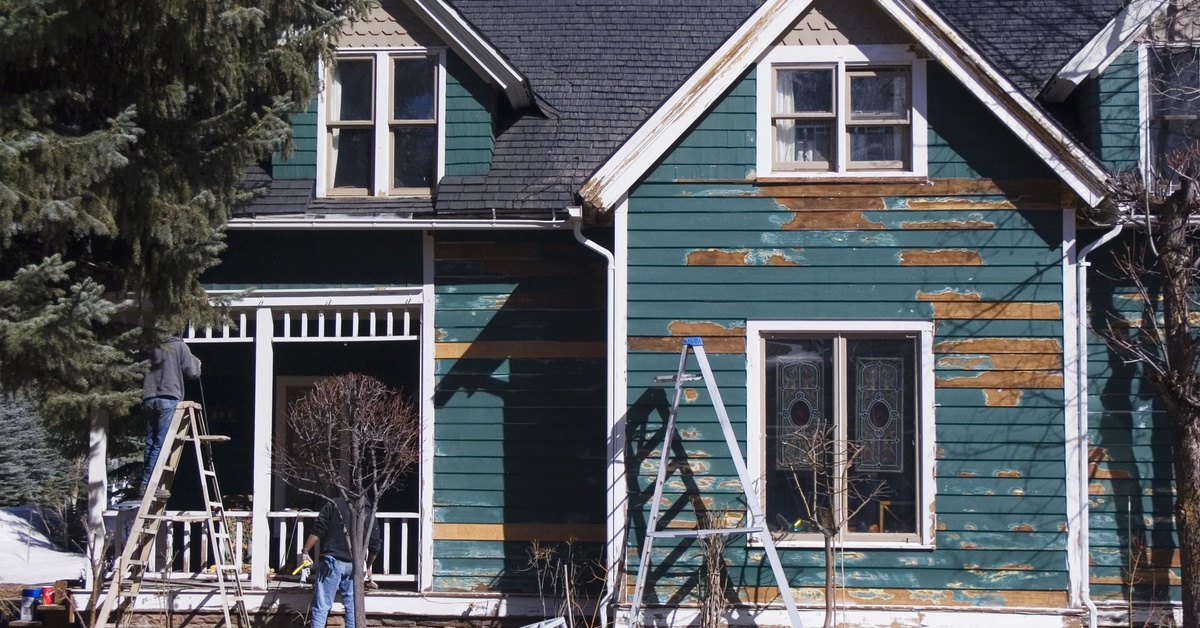Fix and flip properties offer exciting returns, but every successful project starts with the right purchase. Smart investors look beyond a property’s cosmetic flaws and assess critical factors that impact budget, timeline, and resale value.
A wrong move early on can derail profit expectations, delay resale, or tie up capital for far too long. Understanding what to look for separates solid investments from risky gambles.
Neighborhood Potential and Location Trends
Every property exists within a market that dictates its ceiling value and buyer demand. Smart investors evaluate neighborhood momentum through indicators like local job growth, incoming retailers, and recent sales trends. Even with significant renovations, weak locations limit exit opportunities and shrink margins.
Resale value often depends more on location than finishes. School districts, walkability scores, and average household income influence who buys and how quickly. Investors who thoroughly research these metrics build confidence before ever stepping inside a property.
Renovation budgets mean little without strong exit comps. If nearby homes sell quickly at healthy prices, the property becomes a stronger candidate for flipping. New restaurants, public transit upgrades, and infrastructure investments often signal a neighborhood on the rise.
Any effective investor’s guide for what to look for in a fix and flip property starts with location. No amount of new flooring or fancy finishes will overcome poor resale conditions in a stagnant neighborhood.
Property Layout and Floor Plan Efficiency
Buyers expect functional space, and poor layouts often override cosmetic upgrades. Small bedrooms, odd hallway configurations, or blocked kitchen access frustrate buyers and add time on the market. Renovators must know which floor plans attract their target demographic.
An open kitchen-living space appeals to most family buyers. Unused formal dining rooms or closed-off galley kitchens are outdated layouts that often require structural changes. The more reconfiguration needed, the higher the cost and the longer the permit timeline.
Efficient layouts eliminate unnecessary square footage while maximizing natural light and room flow. Older homes sometimes create unnecessary segmentation, which buyers now avoid. Properties with manageable layout changes present better margins.
An ideal fix and flip prospect features an outdated style with good bones, not a dysfunctional layout that requires walls to move or plumbing to relocate. Investors with strong layout vision reduce budget waste and increase resale confidence.
Structural Integrity and Foundation Condition

Foundations cost a fortune to fix and almost always require specialists. Investors should check for sloping floors, wall separation, and large cracks in their initial walkthrough. A failed foundation stretches timelines, burns money, and creates renovation chaos.
Signs of water intrusion or mold under baseboards often indicate grading issues or poor drainage. If a property has basement seepage or slab erosion, investors must weigh the full structural repair cost before making any offers. Lenders and insurance providers also treat these issues with extra caution.
Pier and beam foundations provide easier access for repairs, but hidden damage still adds risk. Even minor settling may frighten buyers and hurt resale if not addressed transparently. Properties with multiple previous patch jobs should raise red flags.
Flippers with experience can sometimes tackle structural concerns, but many investors, especially those managing multiple projects, walk away from anything that might compromise foundation reliability.
Roof, Plumbing, and Electrical Systems
The infrastructure behind the walls matters more than the color of the kitchen cabinets. Buyers ask about plumbing lines, electrical panels, and roof age before they notice tile or paint. Unaddressed issues in these critical systems reduce trust and delay sales.
Galvanized pipes, aluminum wiring, or undersized breaker boxes create inspection nightmares. Replacing old systems costs far more than most surface-level repairs and can require extensive wall opening or permit delays. Those factors directly influence profitability.
A roof near the end of its lifespan, even without visible leaks, lowers appraisal value. Wise investors plan ahead for replacement or adjust pricing strategies to account for buyer concessions. Inspections will catch roof concerns quickly, so surprises often become expensive.
Experienced flippers check records, utility upgrades, and visible signs of system strain before finalizing bids. A solid infrastructure gives buyers peace of mind and reduces headaches before listing day.
Rehab Scope and Budget Flexibility
Not all cosmetic upgrades offer equal returns. Investors must identify upgrades that buyers value most, such as kitchen modernization or added bathrooms. Spending more in high-impact areas boosts value more efficiently than full-scale overhauls.
A simple paint job, flooring refresh, and lighting update may yield impressive ROI in the right neighborhood. In contrast, a total layout rework may yield only marginal returns. Understanding that balance protects profit margins.
Surprises always happen mid-rehab. Flexible budgets handle unexpected asbestos, mold, or framing issues without panicking the project manager. Investors with contingency plans finish faster and avoid last-minute cutbacks.
The best renovation plans combine ambition with realism. Knowing what buyers want and where to allocate funds keeps the project in scope and on schedule.
Financing Strategy and Lending Fit

Choosing the right lender affects every stage of the fix and flip process. Hard money partners that move fast and understand construction reduce financial friction. Flexible draw schedules and quick closings prevent lost deals.
At Center Street Lending, we understand how timelines shape profits. We help investors looking for a trusted fix and flip lender that supports every phase of their project. Our lending process prioritizes speed, simplicity, and transparent communication.
When projects run smoothly, profits grow. Working with the right lender means one less barrier between an offer and closing.
Property Access and Lot Usability
Good flips start from the curb. Front setbacks, street visibility, and driveway access create crucial first impressions. Properties with odd lots, no parking, or difficult access turn away otherwise eager buyers.
Large rear yards offer value, but only when they’re usable. Sloped lots, drainage issues, or broken retaining walls reduce potential and demand extra work. Clean grading and defined boundaries support outdoor upgrades like decks or patios.
Investors should also check for easements or zoning quirks. Side lot ownership or utility encroachments impact fencing, access, and buyer flexibility. Those features influence long-term property value.
Permitting Challenges and Municipal Constraints
Older cities or high-density areas often include heavy permitting requirements. Historical overlays, zoning restrictions, or environmental protections limit renovation options.
Buyers often overlook municipal factors until halfway through their first project. Working with experienced professionals simplifies the process, as they know the proper city offices to contact or how to check online records before writing offers. Knowing your constraints upfront saves thousands in delays and redesigns.
Permit backlogs delay contractors, extend insurance coverage periods, and sometimes require architect involvement. These costs can hit profit margins hard, so investors with experience often pass on areas with complex city processes.
Success means understanding every layer of regulation, not just the design vision. That’s why our investor’s guide for what to look for in a fix and flip property includes zoning awareness and permitting logistics.
Fix and flip success starts with experience, but scales with better decisions. Focused investors use the right tools and partners from the start. If you’re ready to grow your portfolio with confidence, Center Street Lending is here to help. Talk to us today about financing solutions tailored to your next flip.

